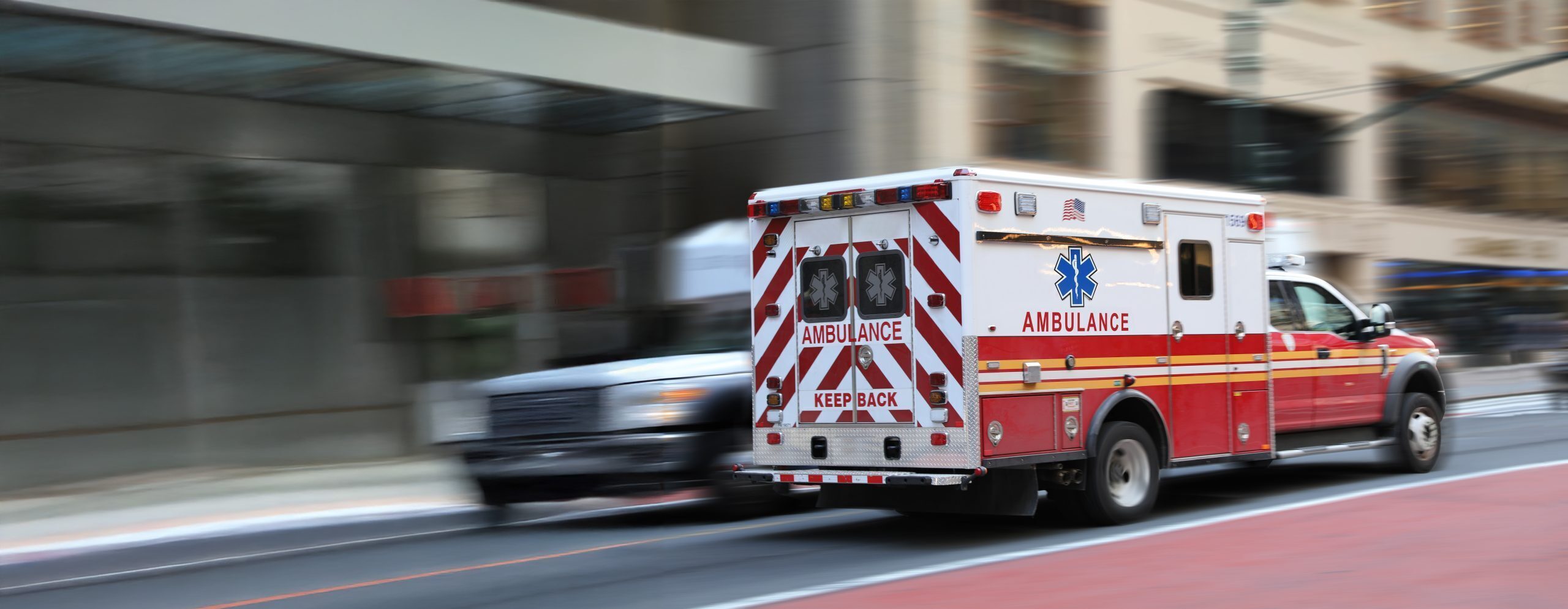Misunderstandings about how emergency services work can lead to confusion or hesitation in using them effectively, delaying help in critical situations. Let's uncover the facts, so you'll be prepared to access the resources you need when you're experiencing an emergency.
Myth: Emergency services are always quick to arrive
While emergency services work hard to respond as quickly as possible, there are factors that can delay their arrival, such as traffic, weather conditions, or distance. In some cases, if multiple emergencies occur at the same time, resources may be spread thin, potentially causing longer wait times.
Dispatchers also prioritize calls based on severity. Critical cases like cardiac arrest or severe trauma will receive priority, while less urgent cases may experience delays.
Myth: You could get in trouble if you call 911 for non-emergencies
If you're unsure whether your situation requires an emergency response, it's still better to make the call. 911 dispatchers are trained to assess the situation and determine if you need emergency assistance - and they can even transfer you to non-emergency services if they find it's needed. Of course, sometimes accidental calls can occur. If that happens, stay on the line to explain the situation, because just hanging up could result in emergency services being dispatched unnecessarily.
Myth: Emergency transport is only for critical situations
While it's true that emergency transport is important for life-threatening emergencies like cardiac arrest, severe trauma, strokes, and other critical conditions, there are other circumstances where an ambulance might be appropriate. Emergency transport is a vital resource for a variety of urgent medical situations, from chronic medical conditions that require regular treatments like dialysis to post-surgical transport, where immediate care or medical supervision during transport is needed.
Myth: 911 is only available by phone
Many areas now support text-to-911 services for people who are deaf, hard of hearing, or in situations where speaking may put them at risk. To see if this service is available in your area, check the Federal Communications Commission's list here. Google, Apple, and Amazon smart speakers can also call 911 with a voice command but may require some additional setup or costs. And remember, you can always call 911 from any mobile phone with battery power, even if it doesn't have a SIM card or a wireless service provider.
Myth: Emergency medical technicians (EMTs) and paramedics are the same
While both EMTs and paramedics provide emergency medical care, there are key differences in their training and practice. EMTs are trained to handle basic life support (BLS), which includes tasks like administering oxygen, performing CPR, and assisting with simple trauma care.
Paramedics undergo more advanced training and can provide Advanced Life Support (ALS), including administering medications, intubating patients, and using advanced medical equipment. Paramedics are often dispatched in more critical situations, whereas EMTs are typically the first responders in less severe cases. Both are essential to the emergency response system, but they offer different levels of care.
Myth: Ambulance rides are always covered by insurance
Although many health insurance plans cover ambulance services, it's not always guaranteed. Whether or not your ambulance ride is fully or partially covered depends on the type of insurance you have, the level of care required, and whether the transport was deemed medically necessary. Additionally, some plans don't cover ambulance rides for non-emergency situations. Even with insurance, you could be left with a significant out-of-pocket expense.
If you are a MASA member, you can rely on your coverage to take care of that unexpected ambulance bill. With MASA you never have to choose between getting the care you need and avoiding the unexpected cost of an ambulance. Your MASA coverage means you're always protected from emergency medical transport costs.
Insight from the MASA team
One of the biggest myths is that health insurance always covers emergency transport. In reality, unexpected costs are common, and MASA bridges that gap.
MASA Claims Manager
Be more confident in calling 911 with these reminders
If you are experiencing an emergency, don't hesitate to make the call or send the text to 911 for help from emergency services. Stay calm, provide as much information as you can, and stay on the line until help arrives. Plus, as a MASA member, know you can always rely on us to provide comprehensive coverage and care for your emergency medical transport



